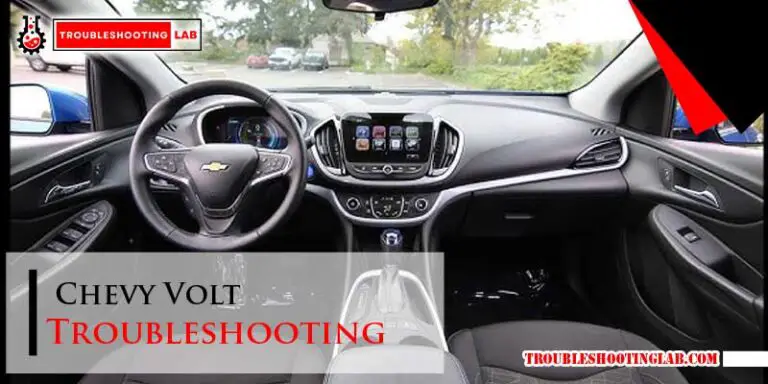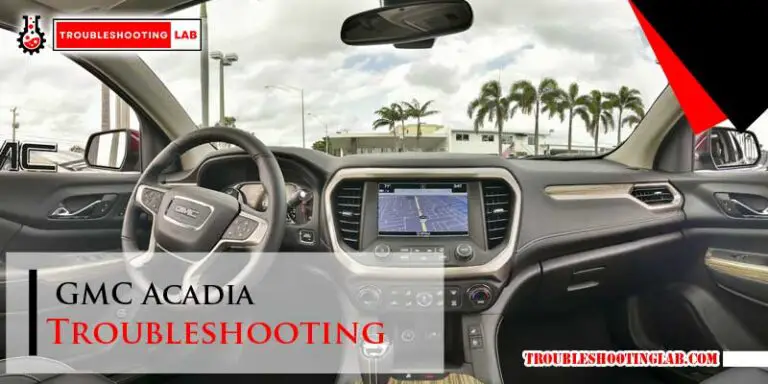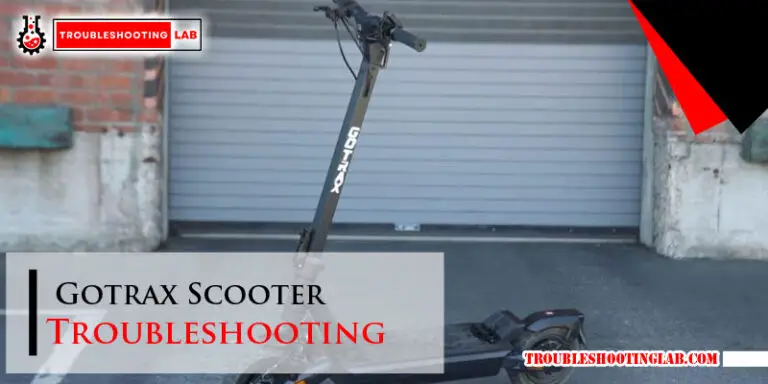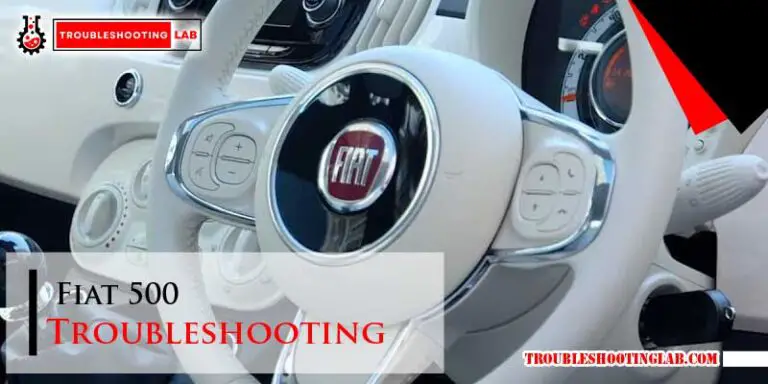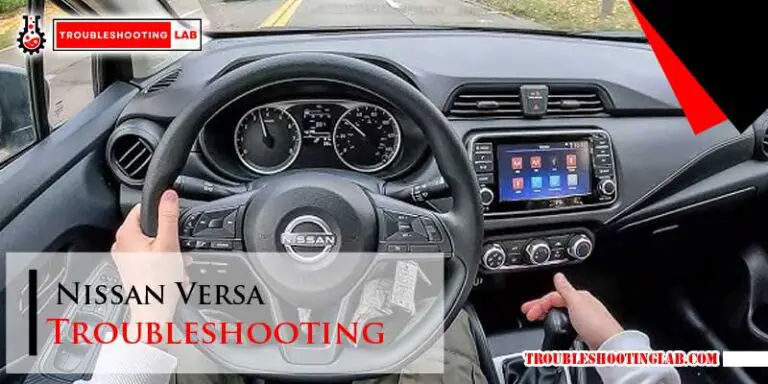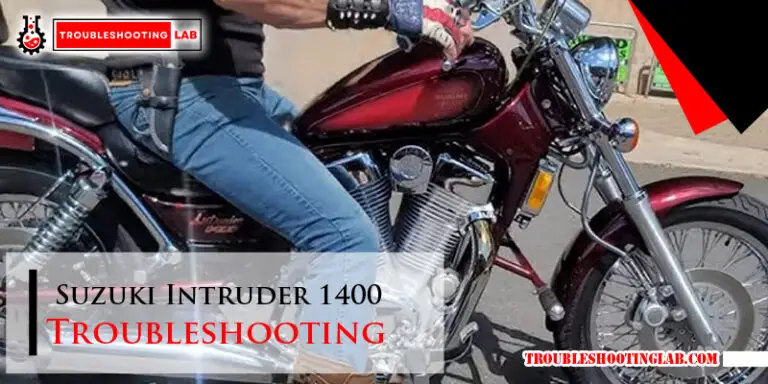Harley Davidson Cv Carburetor Troubleshooting: Essential Tips and Fixes
Harley Davidson enthusiasts love their bikes. But carburetor issues can be a real headache.
If your Harley Davidson CV carburetor is acting up, don’t worry. This guide will help you diagnose and fix common problems. From poor idling to backfiring, we cover it all. Understanding your carburetor can save you time and money. Plus, it ensures a smoother ride.
Get ready to dive into the world of Harley Davidson CV carburetor troubleshooting. This journey will make you more confident in handling your bike’s engine. Let’s get started and keep your Harley roaring on the road.

Credit: www.reddit.com
Introduction To Harley Davidson Cv Carburetor
The Harley Davidson CV Carburetor is a crucial component in many Harley Davidson motorcycles. It plays a key role in ensuring the bike runs smoothly. Understanding how it works can help with maintaining your bike.
What Is A Cv Carburetor?
A CV Carburetor stands for “Constant Velocity Carburetor”. It regulates the air-fuel mixture that goes into the engine. This type of carburetor maintains a consistent speed, or velocity, of the air entering the engine.
The CV Carburetor consists of several parts:
- Throttle valve
- Diaphragm
- Main jet
- Needle jet
Each part works together to ensure a steady flow of fuel and air. This balance is critical for the engine’s performance.
Importance In Harley Davidson Bikes
The CV Carburetor is vital for Harley Davidson bikes. It helps maintain the bike’s power and efficiency. A well-functioning carburetor ensures the engine receives the right mixture of air and fuel.
Here are some reasons why the CV Carburetor is important:
- Fuel Efficiency: It ensures the engine gets the right amount of fuel.
- Performance: It helps the bike run smoothly and powerfully.
- Emissions Control: It helps reduce harmful emissions.
Proper maintenance of the CV Carburetor can prolong the life of your bike. Regular checks and adjustments can prevent many common issues. A clean and well-adjusted carburetor means fewer breakdowns and better rides.
Common Carburetor Issues
The Harley Davidson CV carburetor is a crucial component for your bike’s performance. Like any mechanical part, it can face issues over time. Recognizing common carburetor problems can help keep your ride smooth and reliable. Below are some typical issues you might encounter.
Engine Misfires
Engine misfires often indicate a problem with the carburetor. Misfires happen when the air-fuel mixture is incorrect. This can occur due to dirt or clogging in the jets. Cleaning the jets can resolve this issue. Another reason could be a damaged diaphragm. Replacing the diaphragm can improve engine performance.
Poor Fuel Efficiency
Poor fuel efficiency is a common sign of carburetor trouble. If your bike uses more fuel than usual, check the carburetor. A leaking float valve can waste fuel. Adjusting or replacing the float valve can fix this. Also, worn-out gaskets may cause fuel leaks. Inspecting and replacing these gaskets can enhance fuel efficiency.
Symptoms Of A Faulty Carburetor
A faulty Harley Davidson CV carburetor may cause rough idling, poor fuel economy, and stalling. You might also notice black smoke from the exhaust. These symptoms indicate a need for carburetor troubleshooting.
A faulty carburetor can cause many issues with your Harley Davidson. Understanding the symptoms helps in diagnosing the problem early. This section will discuss two common symptoms: rough idling and backfiring.Rough Idling
Rough idling is a common sign of carburetor trouble. The engine may sputter or stall when the bike is idle. This can make your ride very uncomfortable. It may also lead to more serious engine issues. Check for dirt or debris in the carburetor. This can block the fuel flow and cause rough idling.Backfiring
Backfiring can indicate a problem with the carburetor. You might hear loud popping sounds from the exhaust. This happens when the fuel mixture is too rich or too lean. It can also harm the exhaust system. Inspect the carburetor for any signs of wear or damage. Adjust the fuel mixture if necessary. Backfiring can be annoying and dangerous, so fix it promptly. “`
Credit: www.reddit.com
Initial Diagnostic Steps
Harley Davidson motorcycles are known for their power and performance. To keep them running smoothly, regular maintenance is key. One critical component is the CV carburetor. Troubleshooting it can ensure your bike remains in top condition. Here, we will explore the initial diagnostic steps.
Visual Inspection
Begin with a visual inspection of the carburetor. Check for any obvious signs of wear or damage. Look for cracks, leaks, or loose connections. Pay attention to the screws and bolts. Tighten any that appear loose. Ensure the throttle cable is intact and moves freely.
Checking Fuel Lines
Next, check the fuel lines. Ensure they are not cracked or leaking. Replace any damaged lines immediately. Make sure the fuel filter is clean and free of debris. A clogged filter can cause poor performance. Check the fuel flow to the carburetor. Turn the petcock to the on position and observe the flow. It should be steady and consistent.
Cleaning The Carburetor
Keeping your Harley Davidson’s carburetor clean is crucial for optimal performance. Over time, dirt, fuel residue, and debris can clog it. This can affect the engine’s performance. Regular cleaning ensures a smooth ride and longevity of your motorcycle.
Tools Needed
Before starting, gather all the necessary tools. Having everything ready saves time and makes the process smoother.
- Wrench set
- Screwdriver set
- Carburetor cleaner spray
- Compressed air can
- Gloves
- Safety goggles
- Clean cloths
Step-by-step Cleaning Process
Follow these steps to clean your carburetor effectively:
- Remove the Carburetor: Disconnect the fuel line and remove the carburetor from the engine. Use the wrench and screwdriver as needed.
- Disassemble the Carburetor: Carefully take apart the carburetor. Note the placement of each part for reassembly.
- Clean the Parts: Spray the carburetor cleaner on all parts. Use a cloth to wipe away grime.
- Clear the Jets: Use compressed air to blow out any debris from the jets. This ensures no blockages remain.
- Inspect the Parts: Check each part for wear and tear. Replace any damaged parts before reassembling.
- Reassemble the Carburetor: Put the carburetor back together. Ensure all parts are in their correct place.
- Reinstall the Carburetor: Attach the carburetor back to the engine. Reconnect the fuel line and other connections.
Cleaning the carburetor may seem complex. With these steps, it becomes manageable. Regular maintenance can prevent many issues and keep your Harley running smoothly.
Adjusting The Carburetor
Adjusting the carburetor on your Harley Davidson CV is crucial for peak performance. This process ensures your bike runs smoothly and efficiently. In this section, we will focus on two key aspects: the Idle Mixture Screw and Throttle Adjustment. Follow these steps to fine-tune your carburetor for the best ride.
Idle Mixture Screw
The Idle Mixture Screw controls the air-fuel mixture at idle. Adjusting this screw can improve idle quality and throttle response.
| Step | Instructions |
|---|---|
| 1 | Locate the Idle Mixture Screw on the carburetor. |
| 2 | Turn the screw clockwise until it lightly seats. |
| 3 | Turn the screw counterclockwise 1.5 to 2 turns. |
| 4 | Start the engine and let it warm up. |
| 5 | Adjust the screw in small increments to find the smoothest idle. |
Throttle Adjustment
The Throttle Adjustment ensures smooth acceleration and deceleration. Proper adjustment can prevent stalling and improve overall performance.
- Locate the throttle stop screw on the carburetor.
- Turn the screw clockwise to increase idle speed.
- Turn the screw counterclockwise to decrease idle speed.
- Start the engine and let it warm up.
- Adjust the throttle stop screw to achieve the desired idle speed.
Remember to make small adjustments and test the throttle response after each change. This method ensures you do not over-adjust and cause performance issues. Regularly checking and adjusting the carburetor keeps your Harley running at its best.
Replacing Carburetor Parts
Replacing carburetor parts on your Harley Davidson can keep your bike running smoothly. Over time, parts wear out and need replacing. Knowing when and how to replace these parts is key. Let’s explore the details of replacing carburetor parts.
When To Replace
Regular maintenance can prevent unexpected issues. Here are signs that you need to replace carburetor parts:
- Engine misfires or stalls
- Poor fuel efficiency
- Black smoke from the exhaust
- Difficulty starting the engine
If you notice any of these signs, inspect your carburetor. Replace worn parts to restore performance.
Finding The Right Parts
Using the right parts ensures optimal performance. Consider the following when finding replacement parts:
- Check your bike’s manual: The manual lists compatible parts.
- OEM vs. Aftermarket: Choose between original equipment manufacturer (OEM) parts or aftermarket options. OEM parts are identical to the original parts. Aftermarket parts can offer better performance or value.
- Quality: Ensure the parts are high-quality to avoid frequent replacements.
Here is a table to help you decide between OEM and aftermarket parts:
| Criteria | OEM Parts | Aftermarket Parts |
|---|---|---|
| Compatibility | Guaranteed | May vary |
| Quality | Consistent | Varies |
| Cost | Higher | Often lower |
Choose parts that fit your needs and budget. Ensure they are compatible with your Harley Davidson model.
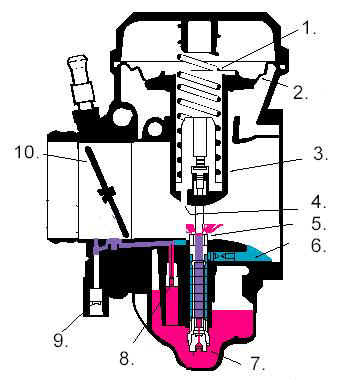
Credit: www.nightrider.com
Preventive Maintenance Tips
Keeping your Harley Davidson CV carburetor in good condition ensures a smooth ride. Regular maintenance can prevent many common issues. Below are some essential tips to help you maintain your carburetor.
Regular Inspections
Regular inspections are crucial. They help you catch small issues before they become big problems. Check for any signs of wear or damage.
- Inspect the carburetor body for cracks or leaks.
- Check the throttle for smooth operation.
- Ensure the choke functions correctly.
- Look for any loose or missing bolts.
Using Quality Fuel
Using quality fuel can significantly impact the performance of your carburetor. Low-quality fuel can lead to buildup and clogs.
- Always use high-octane fuel.
- Avoid fuel with high ethanol content.
- Consider using a fuel stabilizer to keep the fuel fresh.
Following these preventive maintenance tips can help you avoid many common carburetor issues. Keep your Harley Davidson running smoothly and enjoy your ride.
Conclusion And Final Thoughts
In this section, we will wrap up our discussion on Harley Davidson CV carburetor troubleshooting. We will also provide some tips for long-term care of your carburetor.
Summary Of Key Points
Let’s summarize the key points covered in this blog post:
- Understanding the common issues with Harley Davidson CV carburetors is crucial for effective troubleshooting.
- Regular cleaning and maintenance can prevent many carburetor problems.
- Identifying symptoms such as poor engine performance, backfiring, or fuel leaks can help diagnose carburetor issues.
- Adjusting the idle mixture screw and checking for vacuum leaks are essential steps in troubleshooting.
- Using the right tools and techniques ensures accurate troubleshooting and repair.
Long-term Care For Your Carburetor
Proper long-term care is essential for a well-functioning carburetor. Here are some tips to ensure your carburetor stays in good shape:
- Regular Cleaning: Keep the carburetor clean to prevent clogs and ensure smooth fuel flow.
- Use Quality Fuel: High-quality fuel reduces the risk of deposits forming in the carburetor.
- Inspect Seals and Gaskets: Check seals and gaskets regularly for wear and replace if needed.
- Proper Storage: Store your motorcycle in a dry place to prevent moisture-related issues.
- Routine Checks: Perform routine checks on the carburetor and related components to catch issues early.
By following these tips, you can extend the life of your Harley Davidson CV carburetor and enjoy a smoother riding experience.
Frequently Asked Questions
What Causes Harley Davidson Cv Carburetor Issues?
Common causes include clogged jets, worn-out diaphragms, and dirty fuel. Regular maintenance helps.
How To Clean A Harley Cv Carburetor?
Disassemble and soak parts in carburetor cleaner. Use compressed air for thorough cleaning.
Why Is My Harley Davidson Backfiring?
Backfiring can be due to air leaks, clogged jets, or incorrect fuel mixture.
How To Adjust The Cv Carburetor On A Harley?
Turn the mixture screw slowly. Adjust until the engine runs smoothly. Check manual for specifics.
What Are Signs Of A Bad Cv Carburetor?
Symptoms include poor idling, stalling, and sluggish acceleration. Regular checks can prevent issues.
Conclusion
Solving Harley Davidson CV carburetor issues can be simple. Start by checking for common problems. Clean the carburetor regularly for best performance. Adjust the fuel mixture for smoother rides. Inspect the choke and throttle cables for wear. Replace damaged parts promptly.
Regular maintenance ensures your Harley runs smoothly. Enjoy the ride with fewer carburetor troubles. Happy riding!

